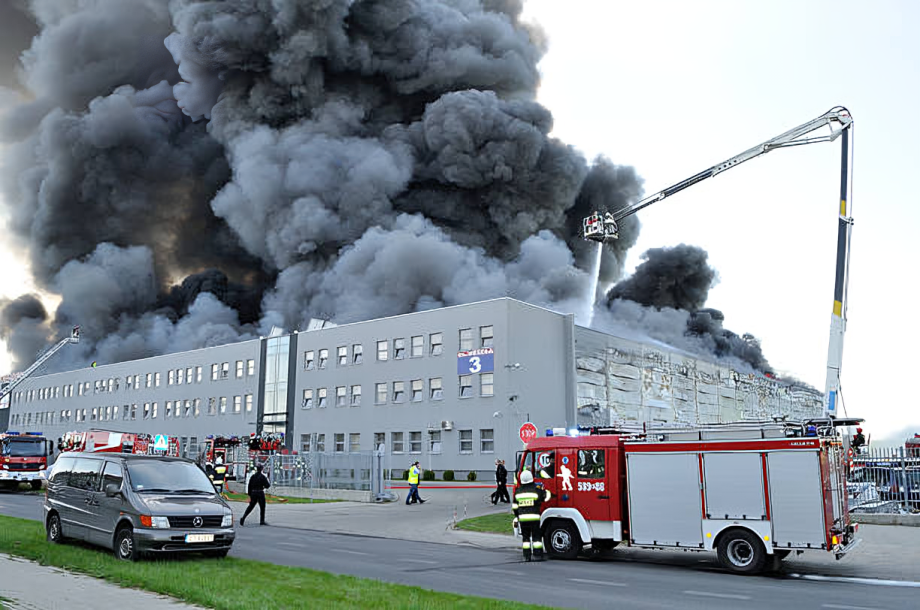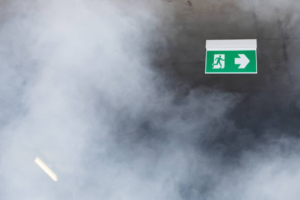Natural Smoke and Heat Exhaust Ventilators (NSHEVs) play a crucial role in protecting property during a fire. These systems are designed to manage and exhaust smoke and heat, which not only aids in the safety of occupants but also significantly reduces damage to the building and its contents. Let’s explore the specific ways in which NSHEVs contribute to property protection during a fire.
Reducing Thermal Damage to the Building Structure
One of the primary ways NSHEVs protect a building is by mitigating the rapid temperature rise during a fire. Fires generate radiant heat, and as they burn, they produce increasing amounts of hot smoke and gases. This hot smoke accumulates at the top of the space, causing a rapid increase in temperature. If not managed, this can lead to severe structural damage and increases the risk of flashover – an event where everything in a room ignites almost simultaneously due to intense heat.
NSHEVs work by exhausting large quantities of smoke and heat out of the space, thus slowing down the temperature rise. This slower increase in temperature reduces the risk of secondary fires and helps prevent irreparable structural damage. By keeping the temperature lower and more stable, NSHEVs make it less likely for flashover to occur, thereby protecting the integrity of the building.
Reducing Damage to Equipment and Contents
Beyond protecting the structural elements of a building, NSHEVs also play a vital role in safeguarding the equipment and contents within. When a fire is extinguished, the residual smoke can leave behind a significant amount of soot. This soot is not only toxic but can also cause corrosion to the building’s structure and any equipment or stored contents.
By efficiently exhausting the smoke during a fire, NSHEVs limit the accumulation of soot and smoke within the building. This reduces the area affected by smoke damage, making post-fire cleanup easier and less costly. In turn, this helps in preventing large-scale losses and protects valuable equipment and materials from corrosion and soot damage.
More information on this topic can be found in Eurolux’s Guide to Natural Smoke Ventilation in Non-Residential Buildings.




